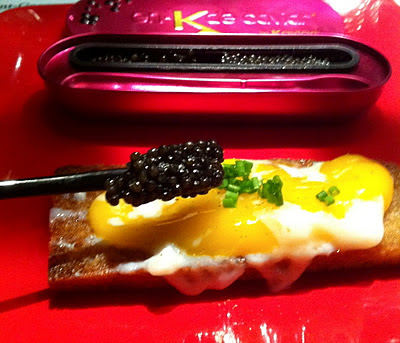When I
was a kid, home visits were planned semi-formal affairs; dates would be
arranged and fixed days beforehand. Quite commonly, such visits would extend
over meal times; and, if the hosts happened to be relatives, the visit would
even allow staying over for a game of mahjong.
Remember
Singapore in the 60s? There were no expressways; buses were few and infrequent;
taxis were reserved for the rich; and only a handful of Singaporeans owned
cars. While you could go almost anywhere in Singapore today with just a
30-minute ride on the MRT; in those days it took hours to get from A to B!
And…it
would be unthinkable to arrive empty-handed. I remember lugging bags of fruits,
and containers of home-cooked food or cakes, to the home we were calling on.
And if they were close relatives, we even brought expensive dried foodstuff
such as mushroom and abalone.
The
hosts would reciprocate of course, with loads of food to make their guests feel
welcomed. And this always included home-baked cakes followed by a sumptuous
dinner. Sugee cakes and butter cakes were commonly served.
I love
sugee cake; it’s rich, grainy and has a unique taste. Sad to say, good sugee
cakes are hard to find these days, and they seem to make an annual appearance
in homes only at X’mas and Chinese New Year.
Sugee,
or semolina, is in fact durum wheat, which is commonly found in Italian and
Indian cooking. I’m not sure how and when sugee made its way into our
Singaporean cuisine, but it has become identified with the Eurasians and the
Peranakans, and every household among these seems to have its own ‘version’ or
‘recipe’ of the cake.
So,
this being Christmas, I’m baking Sugee Cake to fulfill this year’s quota. : )
Merry
Christmas, everyone!
Osmanthus Sugee Cake with Cream
Cheese Frosting
Unsalted
butter 114 g
Semolina 75 g
Caster
sugar 100 g
Cake
flour 28 g
Baking
powder ¼ tsp
Almond 38 g, blanched and finely
chopped
Egg
whites 1½
Egg
yolks 3
Milk 20 ml
Rum 1 tbsp
Osmanthus 30 g
Salt ¼
Cream
Cheese Frosting
Cream
cheese 100 g
Butter 55 g
Icing
sugar 150 g
Osmanthus 3 tbsp
Method:
1. Cream butter with 25 g of sugar till light and creamy. Add rum
and semolina and mix well. Cover and let it stand in a cool place overnight.
2. Preheat oven to 170° C.
3.
Beat
egg yolks with 50 g of sugar until thick, add osmanthus flower. Fold in chopped
almonds and cake flour.
4.
Beat
egg whites with remaining 25 g of sugar till stiff.
5.
Add
egg yolk mixture to butter mixture and finally fold in the stiff egg whites.
6.
Pour
into cupcake moulds and bake 30 – 35 minutes or until golden brown.
7.
Let
the cake cool on a rack before frosting.
Cream Cheese Frosting
1.
Beat
butter and cheese until creamy.
2.
Add
½ of the sugar and osmanthus and
beat until combined.
3.
Gradually
add the remaining sugar until the consistency is achieved.
4.
Pipe
the frosting on the cupcakes.


























